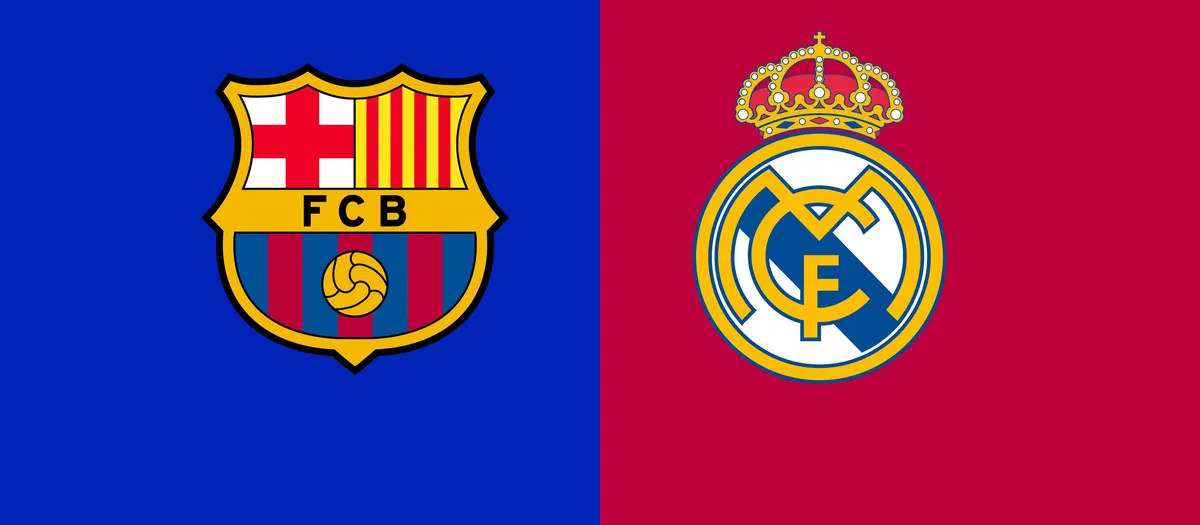Part 2 : Why Real Madrid and Barcelona Stay Ahead of English Clubs
Heritage Greater Than Money?

In 2022, when Barcelona were in deep financial trouble, Raphinha and Jules Koundé still turned down Chelsea to join. Barça couldn’t even register players at the time. The club was selling future TV rights to stay afloat. Yet both men chose history over comfort. For Raphinha, it was the team of his childhood; for Koundé, it was the chance to play for something bigger than a contract.
At Real Madrid, the pattern continues. Dean Huijsen, one of Europe’s brightest defensive prospects after the 24/25 season, practically invited the club to sign him. Through social media hints and open admiration, he made it clear he wanted Madrid. Chelsea were again interested, but for Huijsen, Madrid wasn’t an offer, it was a calling.
We saw the same with Jude Bellingham too, and his own decision perhaps carried even more weight. He had the chance to return home, with both Liverpool and Manchester City pushing hard. City offered the chance to play under Guardiola, at the most dominant club in England at the time. Liverpool offered tradition, a leading role, and emotional appeal. Yet Jude chose Madrid, and in one year, he became the heartbeat of the world’s biggest club alongside other superstars. His performances haven’t just justified the choice, they’ve made him part of the faces of the new generation.
And then there’s Trent Alexander-Arnold, now part of Real Madrid himself. A Scouser through and through, he represented Liverpool’s modern identity. Yet even he couldn’t resist the pull when Madrid came calling. It wasn’t a betrayal as Liverpool fans strongly believe, it was evolution. For a player who had already conquered England, there was only one step left to take.
Even the greats of the past prove the same truth. Cristiano Ronaldo left Manchester United, the pride of English football , for Madrid, and what followed redefined his career. England made him elite but Spain made him immortal.
On the other hand however, Francesco Totti stayed loyal to Roma, and while that loyalty made him beloved, it also kept him local. It’s the contrast between pride and transcendence. Across generations, from Raphinha to Bellingham, from Trent to Cristiano, the story repeats itself: when footballers dream, they dream of Spain. Money can build leagues, but it can’t manufacture mythology, and Madrid and Barcelona remain football’s most powerful myths.
The Premier League’s power is built mostly on money. Every club, from top to mid-table, has the financial muscle to buy international talent and pay elite wages. La Liga can’t compete with that structure. The TV revenue gap is massive, sponsorship deals are smaller, and ownership models are far less flexible. Yet somehow, Real Madrid and Barcelona still manage to attract and afford the world’s best players.
Their secret lies in global scale. Even when the numbers on paper look tight, their income potential runs deeper than their domestic rivals can imagine. Both clubs earn huge sums from stadium revenue, global tours, and commercial partnerships. Madrid’s new Santiago Bernabéu, with its retractable pitch and year-round events, is projected to continue to generate record-breaking income. Barcelona, despite years of financial turbulence, continue to sell out stadiums and dominate shirt sales worldwide. These are not just football clubs; they are international brands, capable of creating financial waves simply through relevance.
At the same time, the Spanish system works to their advantage. Because they are member-owned institutions, their identity is collective and their decision-making is directly tied to fan passion. That emotional bond gives them a kind of stability money cannot buy. Sponsors and investors still line up because the global audience never fades.
But this dominance comes at a cost to La Liga itself. The success of Madrid and Barcelona drains attention and money away from the rest of the league. Clubs like Villarreal, Real Sociedad, or Athletic Bilbao produce talent and play good football, yet they can’t compete with the Premier League’s middle class. In England, teams like Aston Villa or West Ham can spend close to €100 million in a window. In Spain, outside the top three, such spending is practically impossible.
That imbalance defines modern La Liga: a league of two empires and a supporting cast. The spotlight is massive, but narrow. The success of Madrid and Barcelona keeps the league visible, yet also limits its growth. It’s the price of mythology, their brilliance sustains Spanish football’s global relevance, even as it quietly weakens the competition around them.
The Premier League may rule football’s economy, but Real Madrid and Barcelona still rule its imagination. They have outlasted financial booms, ownership revolutions, and shifting fashions in style and spending. What keeps them on top isn’t money, it’s meaning. They are the two clubs that have managed to turn football into something more than sport, a story that defines greatness itself.
Their rivalry sustains La Liga’s global importance. Every Clásico feels like a chapter in football’s history, not just a game. Every signing, every triumph in Europe and every Ballon d’Or nod adds another layer to their legend. Players might go to England to earn but they go to Spain to belong.
That is why no matter how wide the financial gulf becomes, the gravitational pull of Madrid and Barcelona remains unbroken. They are the final destination, the place where ambition turns into legacy. Their mythology is football’s crown, and as long as the sport values glory as much as money, the throne will still belong to Spain.








